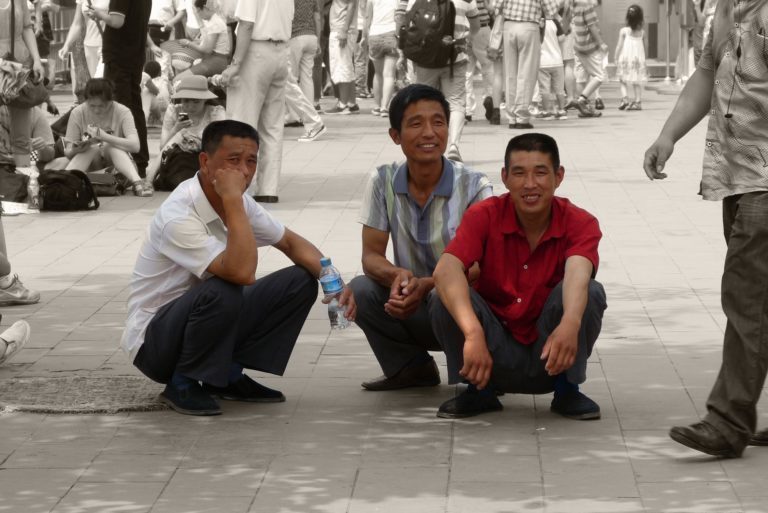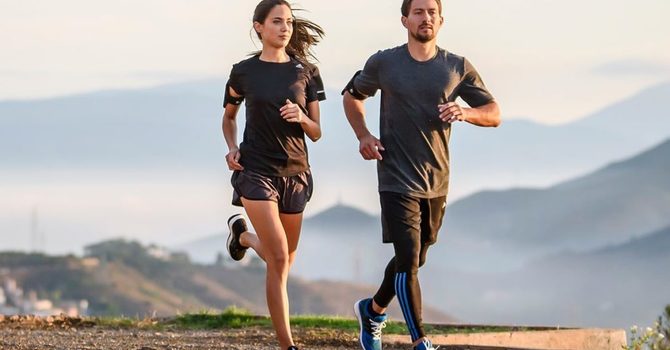
The deep squat has nearly gone extinct in modern North American society. We drive to work in cars or sit on trains, then sit at a desk for eight hours, sit on the way home, sit to eat dinner, sit to watch tv in the evening. This leaves little opportunity for our hips, knees, and ankles to bend beyond 90 degrees.
This amount of sitting as a standard is a fairly recent development, but is not the norm everywhere. Our ancestors actually did quite a bit of squatting and deep squatting. Indeed there are parts of the world where deep squatting is a common, functional practice while preparing a meal, or resting.
What is meant by a “deep squat”? In its simplest form, a deep squat means that your hip crease is below that of your knees, or the calves are in contact with the backs of thighs, and that your heels remain on the floor. The deep squat can be loaded or unloaded. You may notice children assume this position frequently as part of normal development. However, it is a position that our culture of “sitters” assumes less and less often often as we age.
This matters for a few reasons. Firstly, our joint adapts to accommodate the positions we use most often. The less we currently get into a position where our hip bends beyond 90 degrees, the less we will be able to in the future.In other words, use it or lose it.
Another reason to squat now and then has to do with joint health. The hip, knee, and ankle are synovial joints, meaning they contain synovial fluid. Synovial joints need two things to remain healthy: loading and compression. Loading increases viscosity of the fluid, and compression influences the amount of synovial fluid residing in the joint space. Squatting is an excellent tool to achieve both loading and compression of the hip, knee and ankle joints.
Some individuals that avoid deep squatting due to fear of increasing their risk of knee osteoarthritis. The research on this topic is far from conclusive, however a few studies show an increased risk of arthritis when frequently squatting for 30 minutes or longer. Again, most North Americans do not come close to squatting for that duration of time on a daily basis.
If you are sold on the benefits of daily squatting, but concerned that you cannot currently perform a squat with good form, where do you start? As you might imagine, deep squatting requires sufficient mobility at the back, hips, knees and ankles. A lack of hip flexion, hip internal rotation, and ankle dorsiflexion are common limiting factors. If this mobility is lacking it could mean there is true tissue shortening and joint hypomobility, or it might be more of a neurally driven motor control issue. These issue can be addressed by manual therapy and exercise.
To sum, benefits of the deep squat outweigh the risks, especially for the population that does very little squatting. If most of your day is spent sitting, get creative in adding a deep squat to your day: while brushing your teeth, waiting for your train, or playing with your toddler.
The team at OMNI can help you achieve your best squat! This article was written for us by our physiotherapist Stephanie Aubin, Stop by to talk to her about your squat!
Sources and further reading:
http://www.aptei.ca/wp-content/uploads/Deep-squatting-2015-Paper.pdf
https://kombatarts.com/how-to-harness-the-power-of-the-deep-squat/





